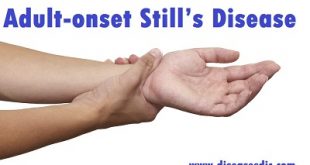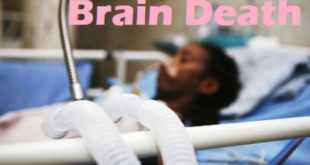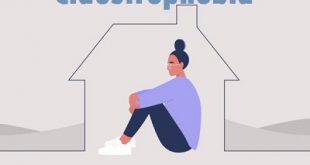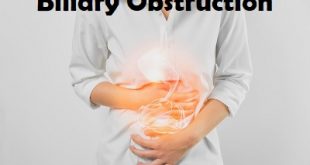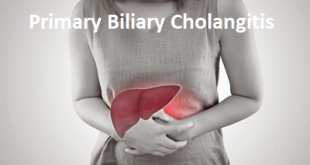Definition Adult-onset Still’s disease, sometimes known as AOSD, is a rare type of inflammatory arthritis. As the name suggests, it can only be diagnosed in adults. Its name comes from another condition, Still’s disease, which is also known as systemic juvenile idiopathic arthritis (JIA). Systemic JIA is only diagnosed in …
Read More »Brain Death – Risk Factors, Complications, and Treatment.
Definition of Brain Death Brain death is a clinical and legal definition of death. Sometimes, when a person is declared brain dead, their heart may still be still beating and their chest may rise and fall with every breath from the ventilator. The skin might be warm and a person …
Read More »Claustrophobia – Types, Causes, Treatment and Prevention
Definition Claustrophobia is an anxiety disorder that causes an intense fear of enclosed spaces. It can be rational to fear being trapped when there is a genuine threat. However, in claustrophobia, people experience fear even when there is no obvious or realistic danger in a particular situation. People who experience …
Read More »Biliary Obstruction – Causes, Symptoms, and Treatment.
What is biliary obstruction? Biliary obstruction is a blockage of the bile ducts. A “duct” is a tube that carries specific bodily fluids. The bile ducts carry bile from the liver and gallbladder through the pancreas to the duodenum, which is a part of the small intestine. Bile is a …
Read More »Powassan virus (POW) – Pathophysiology, Causes and Prevention
Definition Powassan virus is transmitted to humans by infected ticks. Approximately 60 cases of POW virus disease were reported in the United States over the past 10 years. Most cases have occurred in the Northeast and Great Lakes region. Signs and symptoms of infection can include fever, headache, vomiting, weakness, …
Read More »Primary Biliary Cholangitis – Symptoms, Causes, and Treatments.
What is Primary Biliary Cholangitis (PBC)? Primary biliary cholangitis (PBC), formerly known as primary biliary cirrhosis, is a disease that harms the liver’s ability to function. It is chronic, which means it lasts for a long time or regularly comes back. In people with PBC, the bile ducts become injured, …
Read More »Postpartum Depression (PPD) – Types, Symptoms, and Treatment.
What Is Postpartum Depression? Postpartum depression (PPD) is a complex mix of physical, emotional, and behavioral changes that happen in some women after giving birth. According to the DSM-5, a manual used to diagnose mental disorders, PPD is a form of major depression that begins within 4 weeks after delivery. The diagnosis of postpartum depression is …
Read More »Neuroendocrine Tumours – Symptoms, Causes, and Diagnosis.
What are Neuroendocrine Tumours? The neuroendocrine system is a network of glands and nerve cells that make hormones and release them into the bloodstream. These hormones help control normal body functions, for example digesting food. Neuroendocrine cells are found throughout the body, but mainly in the gastro-intestinal tract (including large …
Read More » Diseases Treatments Dictionary This is complete solution to read all diseases treatments Which covers Prevention, Causes, Symptoms, Medical Terms, Drugs, Prescription, Natural Remedies with cures and Treatments. Most of the common diseases were listed in names, split with categories.
Diseases Treatments Dictionary This is complete solution to read all diseases treatments Which covers Prevention, Causes, Symptoms, Medical Terms, Drugs, Prescription, Natural Remedies with cures and Treatments. Most of the common diseases were listed in names, split with categories.
